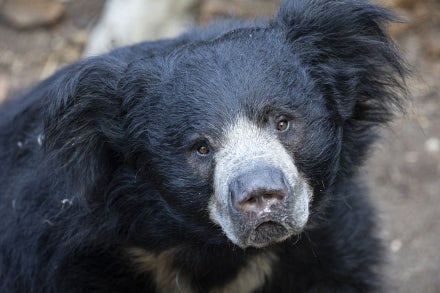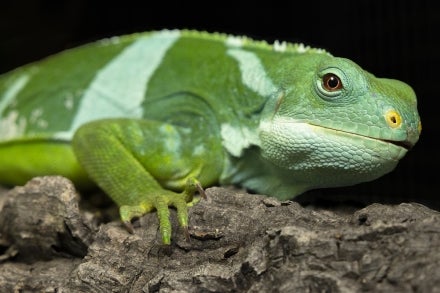Image

 A kopje habitat can reach 65 feet above the savanna
A kopje habitat can reach 65 feet above the savanna

Rockin’ Roommates
The nooks, crannies, and burrows within the rock formations are home to rock hyraxes Procavia capensis, furry, brownish, little football-shaped mammals with feet made for life among the boulders. Their bare, padded, sweaty footpads act like suction cups to help them get—and keep—a grip on rocks and cliffs. Their rounded toes, hoof-like nails, and tiny tusks are little clues as to this creature’s unlikely next of kin—the elephant! [caption id="attachment_121730" align="aligncenter" width="1024"] WATCH YOUR STEP
WATCH YOUR STEPSpecially adapted hooves keep klipspringers perfectly in step on rocky surfaces.[/caption] The hyraxes’ “rockmates” include agile antelopes called klipspringers Oreotragus oreotragus, which certainly live up to their name: in Afrikaans, klipspringer means “rock jumper,” and that’s what these fleet-footed animals do! Standing less than 2 feet tall at the shoulder, klipspringers can jump 25 feet without breaking a sweat. And their clingy little hooves ensure they can scamper among the rocks without breaking anything else.

 There are 18 species of small mammals that live among the kopjes of the Serengeti
There are 18 species of small mammals that live among the kopjes of the Serengeti
Can You Dig It?
While the dwarf mongoose Helogate parvula may be the smallest carnivore in Africa, these busy, pint-sized animals have big personalities. Curious and sociable, dwarf mongooses measure less than a foot in length, making them snack-sized morsels for large birds of prey. For this reason, the alpha male in the group is always on the lookout for danger. This “all-for-one-and-one-for-all” approach to thwarting predators also works well for the Kopje’s colony of meerkats Suricata suricatta, which are master diggers, constantly improving complex burrows that include numerous entrances and exits, as well as sleeping chambers and tunnels. Their digging also helps aerate the soil and spread plant seeds. [caption id="attachment_121732" align="aligncenter" width="1024"] FLY LIKE AN EAGLE
FLY LIKE AN EAGLEBateleur eagles are the most famous of the snake eagles.[/caption]
 The rocks of Africa’s kopjes are 550 million years old
The rocks of Africa’s kopjes are 550 million years old





